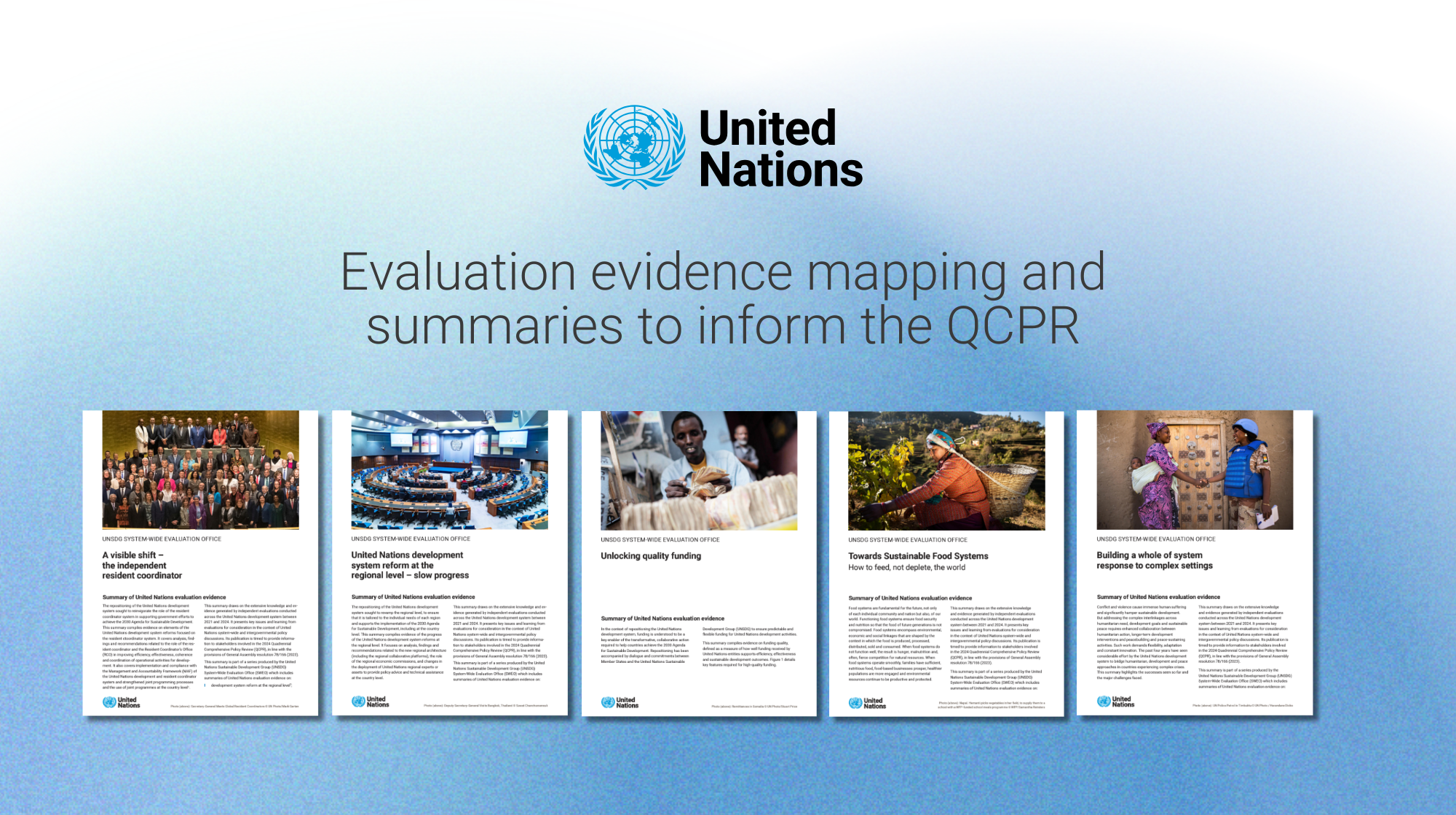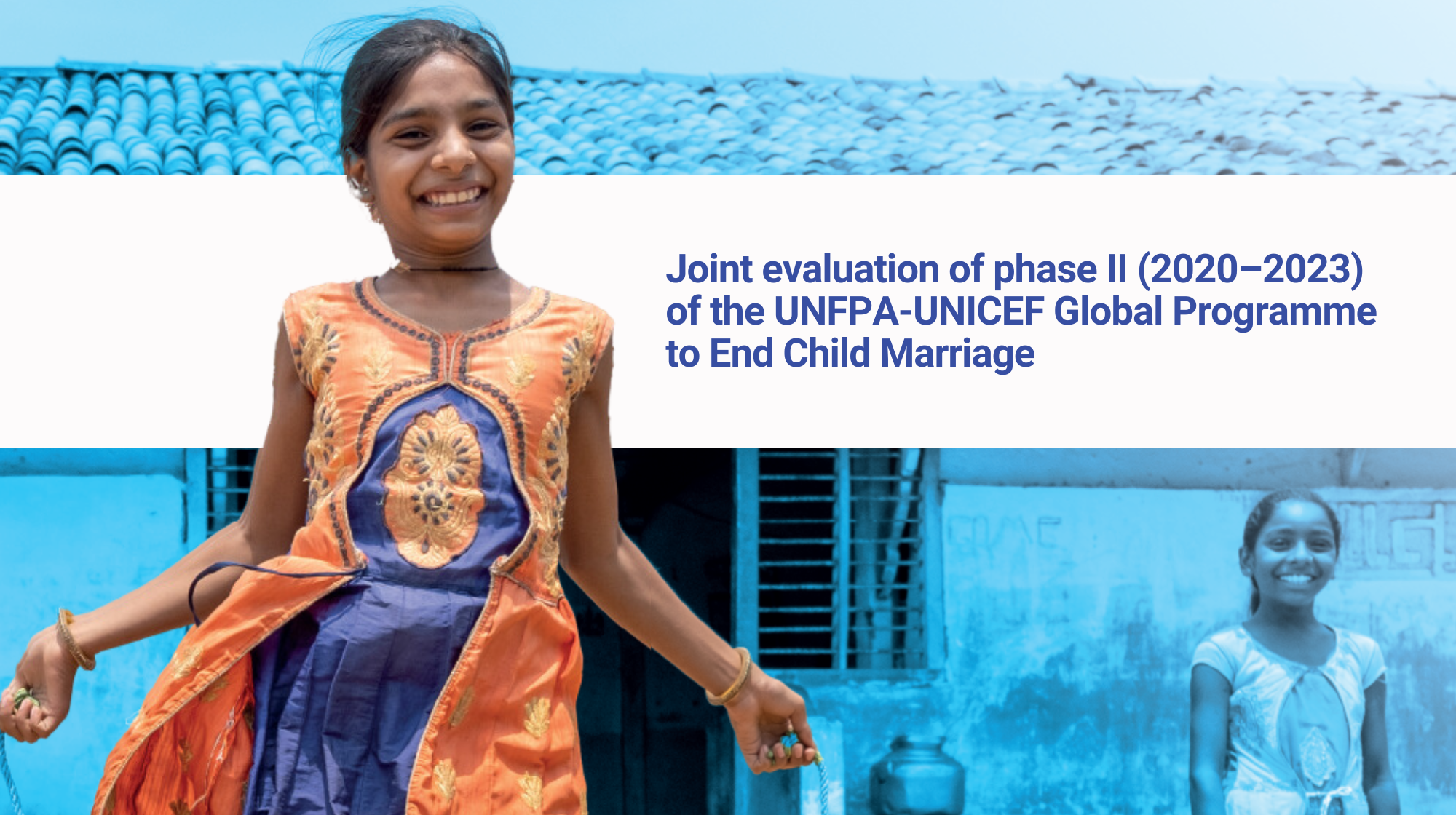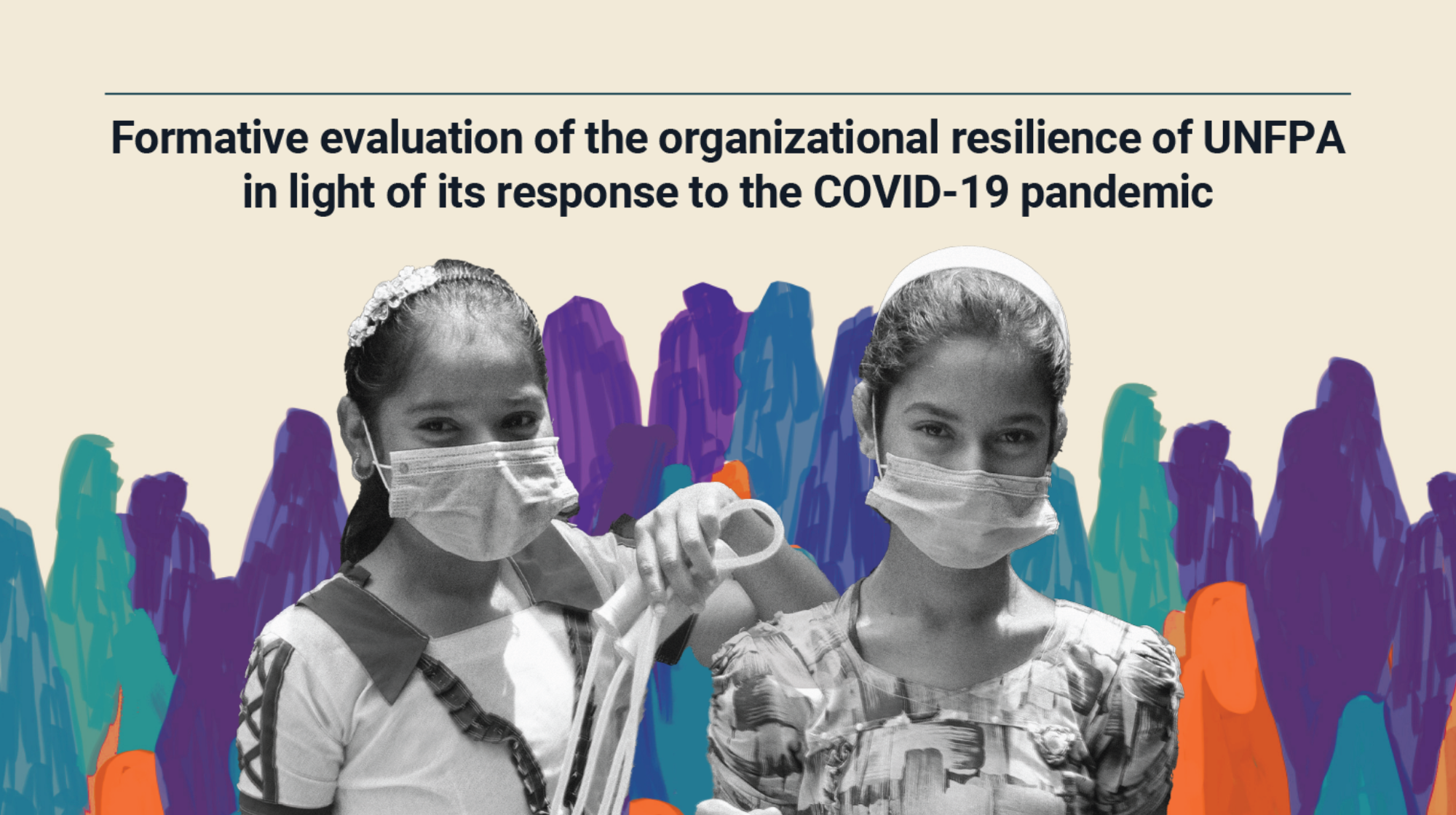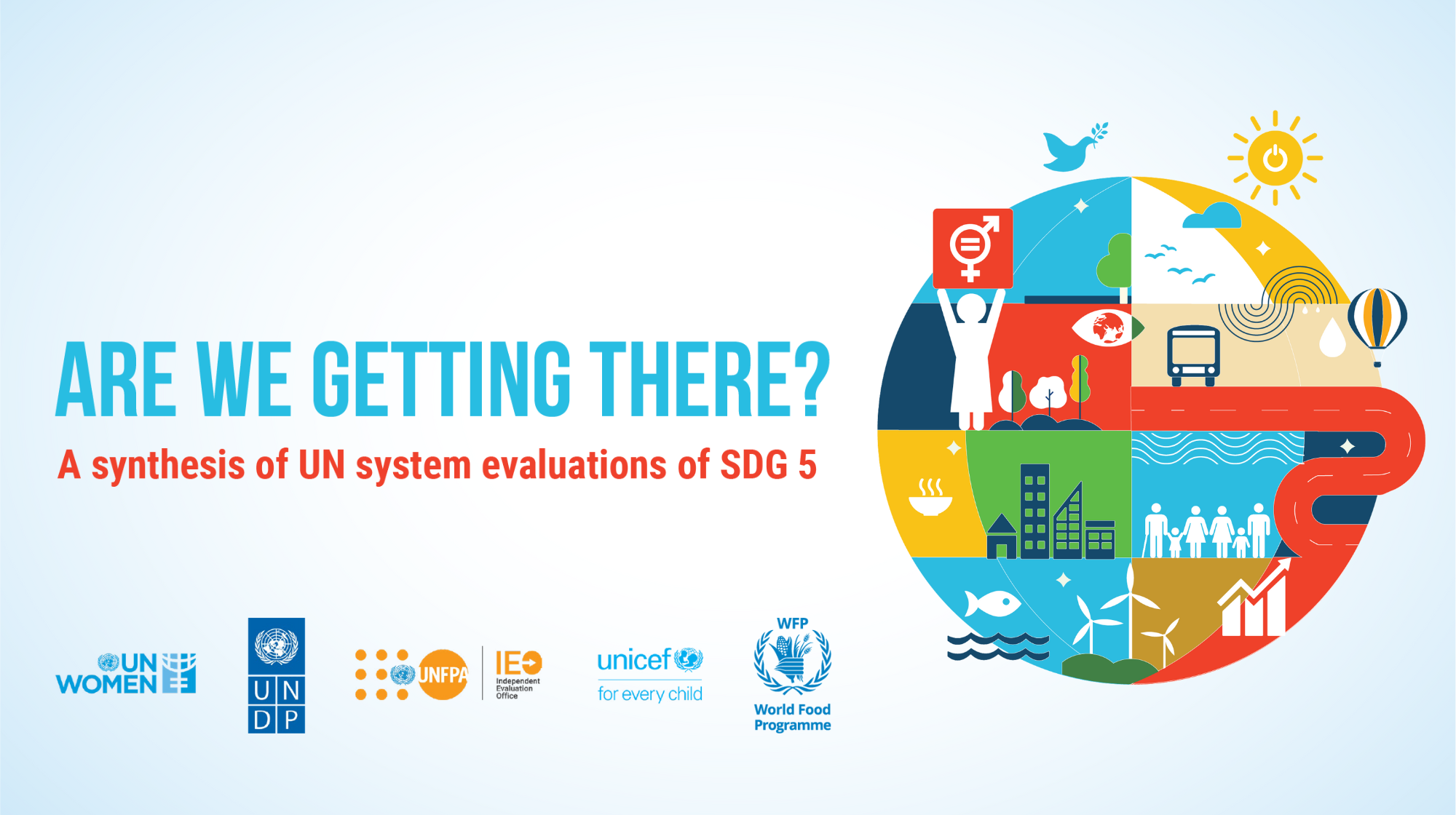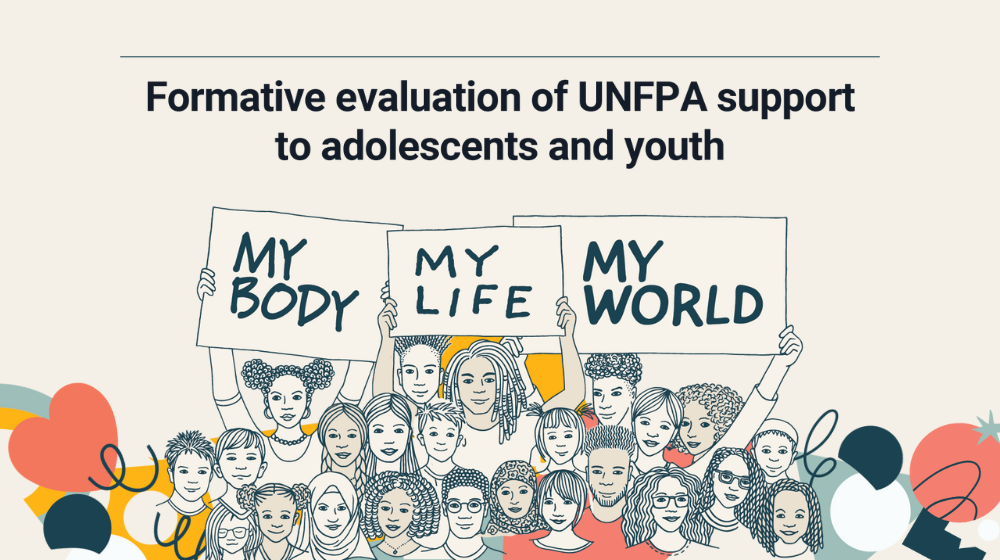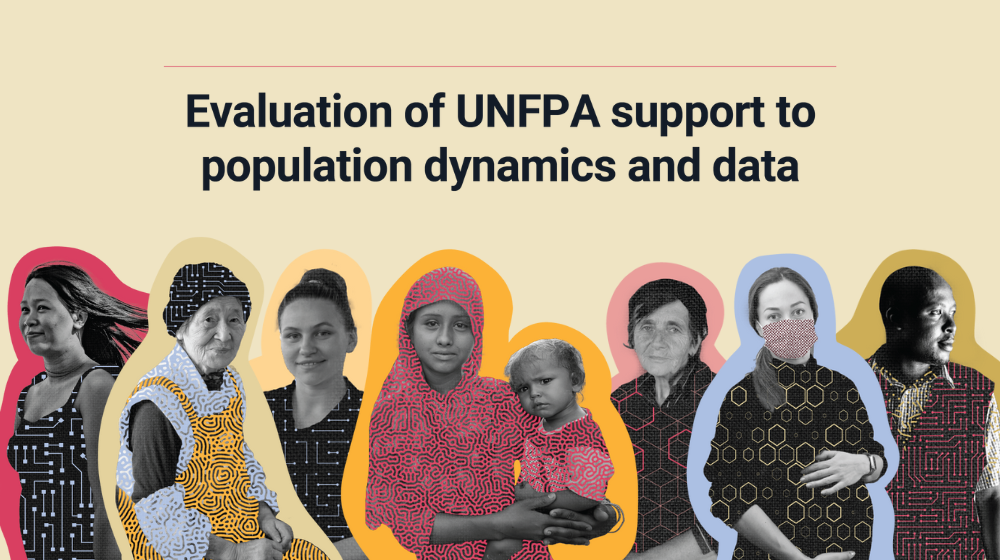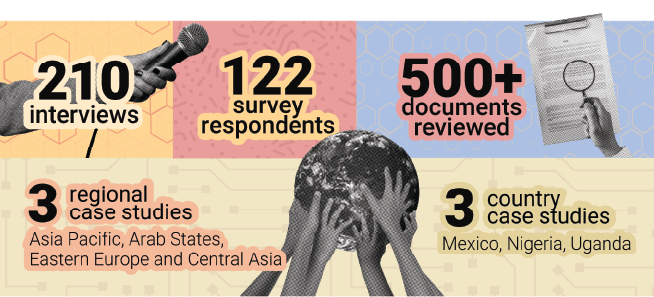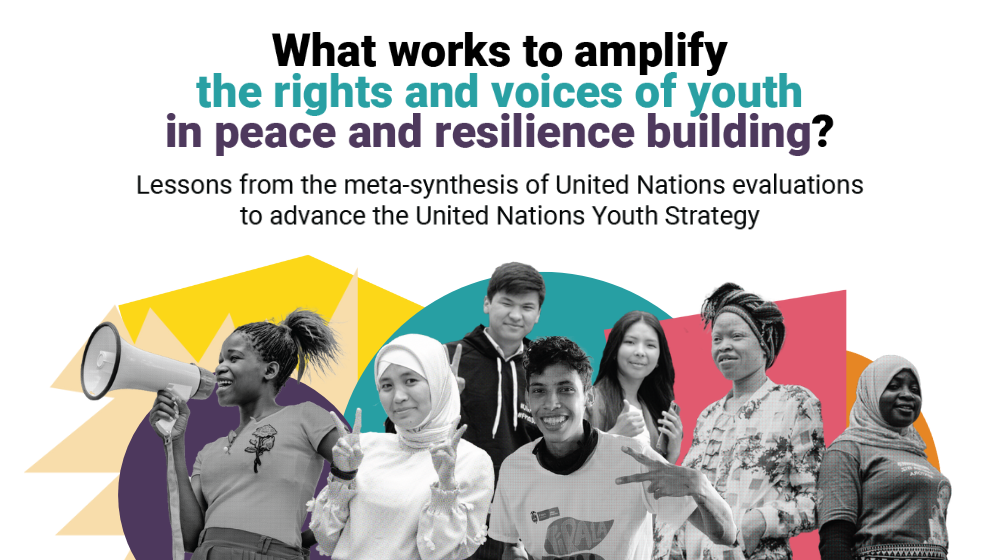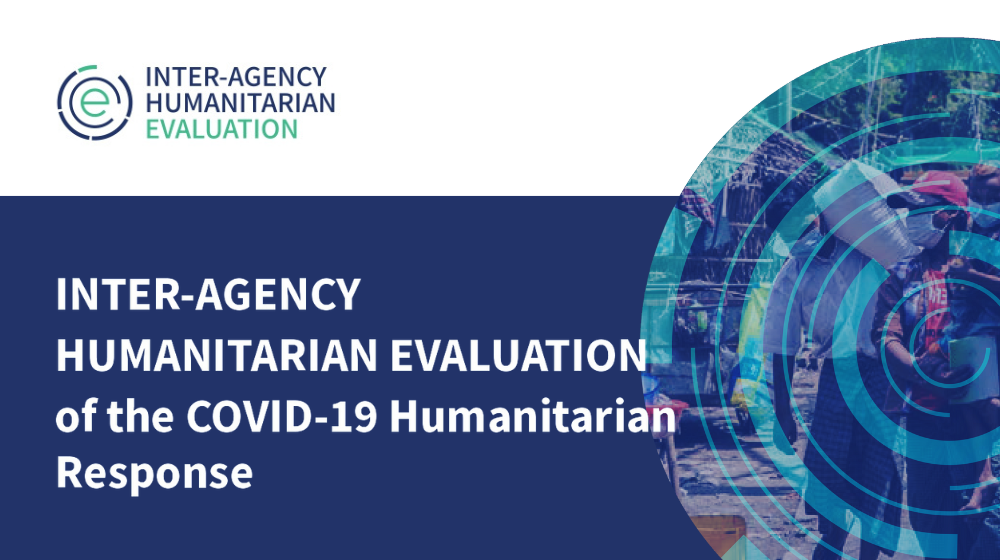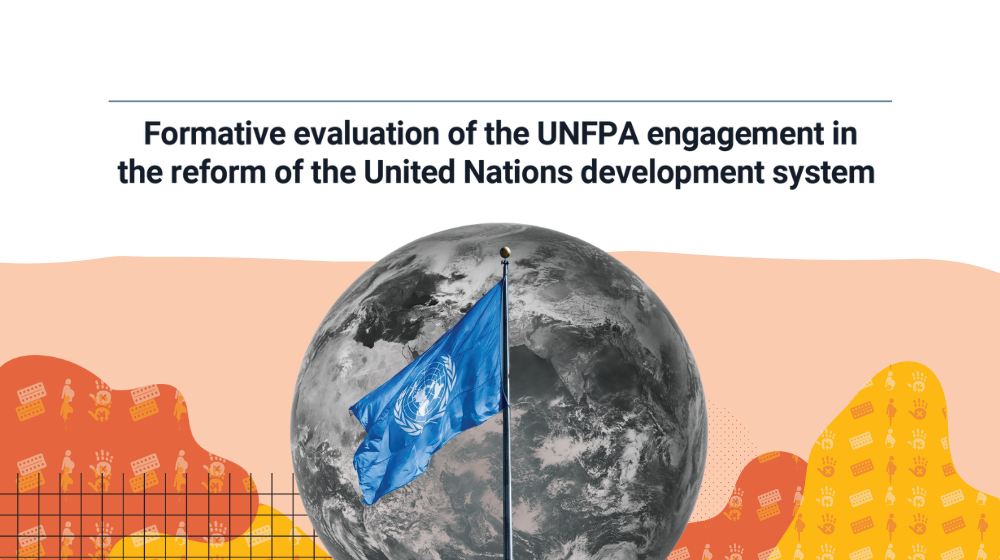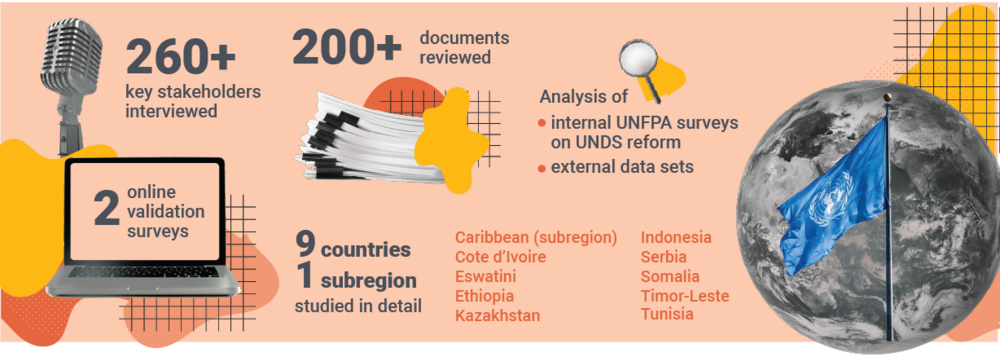UNFPA-UNICEF Joint Programme on the Elimination of Female Genital Mutilation
UNFPA and UNICEF have jointly led the largest global programme to accelerate the elimination of female genital mutilation (FGM) since 2008. In close collaboration with governments, grassroots community organizations and other key stakeholders, the Joint Programme harnesses the complementary expertise of both UNFPA and UNICEF, as well as the latest social science research, to prevent female genital mutilation across the 17 countries where the programme operates.

